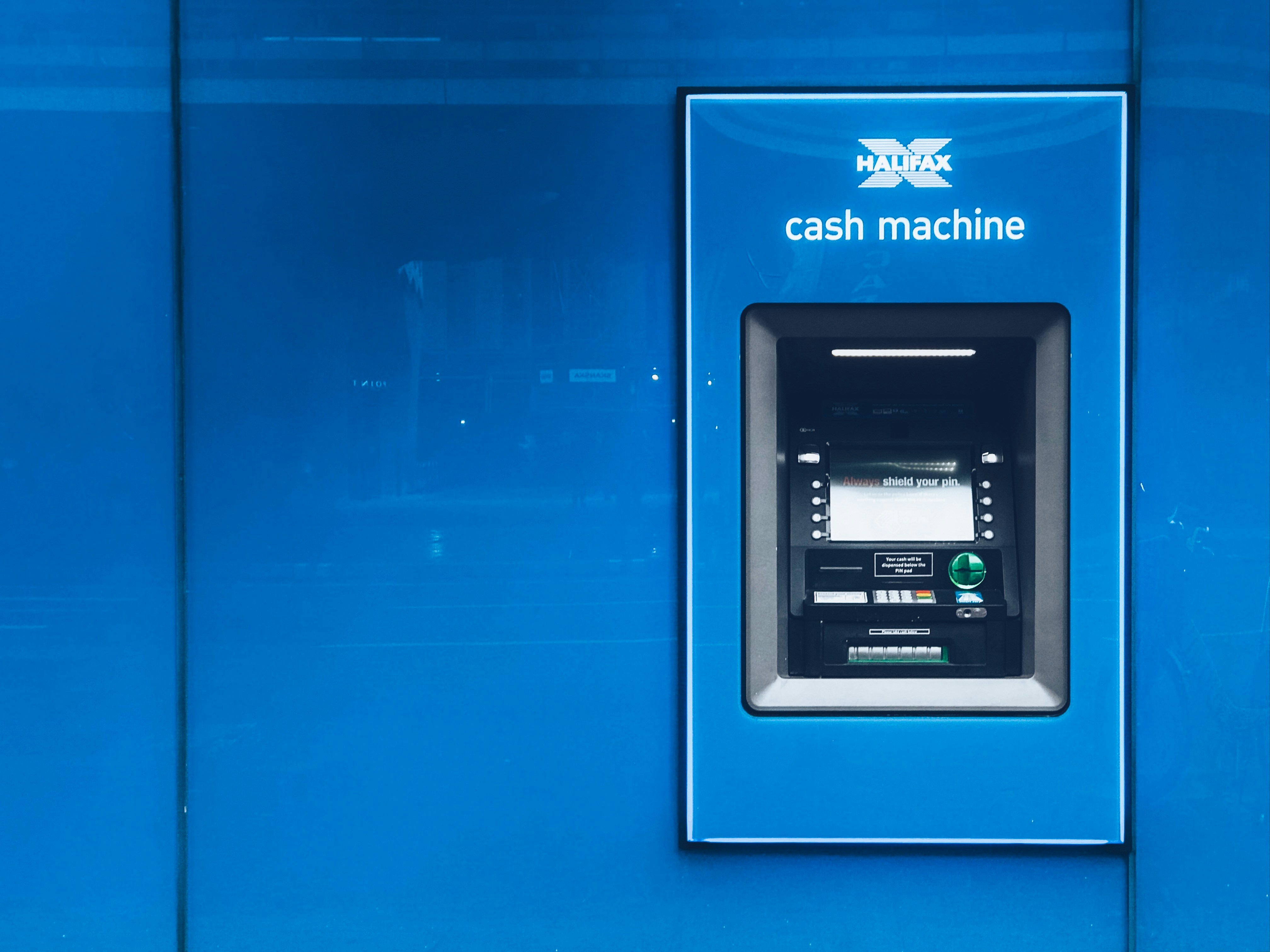How Does the NCUA Determine if Military Members Qualify as Low-Income?
Learn how the NCUA determines low-income status for credit union members who are military personnel.


The agency accepts a range of methodologies in establishing low-income status for military personnel.
A client interested in attaining a low-income designation recently reached out to CUCollaborate regarding how its members serving in the military would be considered in terms of the credit union qualifying for the designation. More specifically, they wanted to know why a greater percentage of their current military members did not meet the low-income threshold according to the NCUA.
Notably, there is no mention of military personnel in the agency chartering manual as far as they relate to a low-income designation, which is likely the reason for the confusion.
Background and Context
The manual does clearly explain that, in order “[t]o obtain a low-income designation from NCUA, an existing credit union must establish that a majority of its members meet the low-income definition.”
This definition entails members who meet one of the following criteria:
1) Those who make less than 80 percent of the average for all wage earners as established by the Bureau of Labor Statistics;
2) Those whose median family income falls at or below 80 percent of the median family income for the nation as established by the Census Bureau; or
3) Those who are full-time or part-time students in a college, university, high school, or vocational school.
To determine whether a majority of a credit union’s membership indeed qualifies as low-income, the NCUA’s primary methodology uses geocoded addresses pulled from AIRES files, which are then used to assign those members an income.
However, regarding military members, the agency acknowledged in a 2020 guidance letter that, “the geocoding process cannot account for military personnel with Army/Air Post Office (APO) or Fleet Post Office (FPO) mailing addresses.” Therefore, previously, such members “were excluded from the analysis as to whether the majority of the credit union’s membership are low-income members.”
How Things Changed and Where They Stand Today
In that same letter, the NCUA explained it was “updating and improving its approach to determining whether a credit union qualifies for the low-income designation by fully considering military personnel.”
Specifically, according to an accompanying press release, “Under the new approach, military personnel will now be considered in a similar manner as students attending colleges, universities, vocational or technical schools when the NCUA evaluates a federally insured credit union’s low-income designation.”
The main impetus for the change was an analysis carried out by the agency’s Chief Economist, which determined that most military members would qualify as low-income. “Accordingly,” the 2020 letter states:
the NCUA’s low-income-designation process will no longer exclude members with an APO or FPO mailing address. Instead, the NCUA will now total the number of members with an APO or FPO mailing address in the AIRES download file. These members will be included in the total number of members served, and a percentage will be reflected as low-income members, consistent with the Office of Chief Economist’s analysis, in determining whether the majority of the credit union’s members are low-income.
The all-important percentage to “be reflected as low-income members” is both somewhat vague and subject to change, as detailed in an accompanying footnote: “The factor applied to members with APO or FPO mailing addresses will vary over time based on changes in median family income and periodic updates to the analysis of the income of military personnel.”
Other Ways Military Members May Be Considered
Despite these modifications, this strategy will still not always be the best option in terms of accounting for the total number of a credit union’s military members. Namely, those institutions serving a large number of military personnel who have neither an APO nor FPO mailbox may find it difficult to meet the low-income threshold based on the NCUA’s primary methodology.
In such instances, the agency outlines additional, “more tailored” options for credit unions seeking the designation to submit documentation related to military members. These, according to the guidance, might include:
1) A list identifying members who are active-duty military personnel;
2) Granular data for military members, including active-duty and members of the Reserve and the National Guard; or
3) Any relevant analysis that demonstrates that all or some portion of its military membership, including active-duty and members of the Reserve and the National Guard, qualify as low-income.
The agency notes further that such additional documentation need not be limited to the above, while at the same time conveying its willingness to work with credit unions to determine which information is most appropriate on a case-by-case basis.
Takeaway
While the NCUA’s updated primary methodology for determining the low-income status of military personnel does appear to achieve its goal of more “fully” considering such members, it is important to note both its limitations and unfixed nature. As the agency itself concedes, not all credit unions serving military members will qualify as low-income using the geocoding approach. And even those for whom this is the best strategy must still be aware that the formula by which the percentage of low-income members is calculated will fluctuate depending on external factors.
Additionally, credit unions should not fixate on the primary methodology if it doesn't coincide with their actual member situation. The NCUA clearly outlines both viable—and in some cases more straightforward—alternative approaches, as well as its readiness to work with institutions on an individual basis.
The bottom line is, regardless of strategy, your credit union must be aware of how its data aligns before the process of applying for a low-income designation begins. Understanding exactly how these numbers stack up and how they can best work for you will ultimately indicate the best path forward and provide the strongest platform for success.
Low-Income Designation













.png)





.png)



.png)



















































